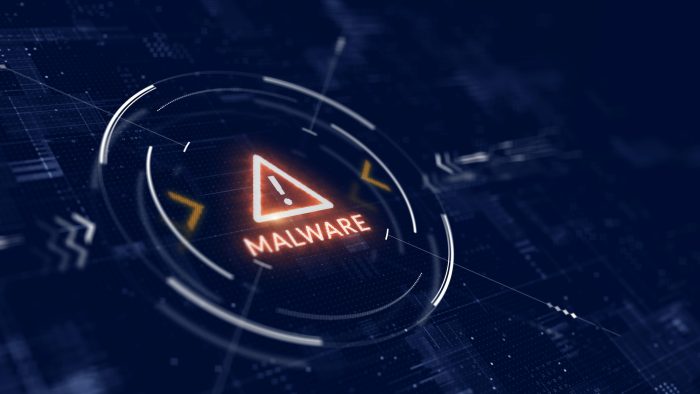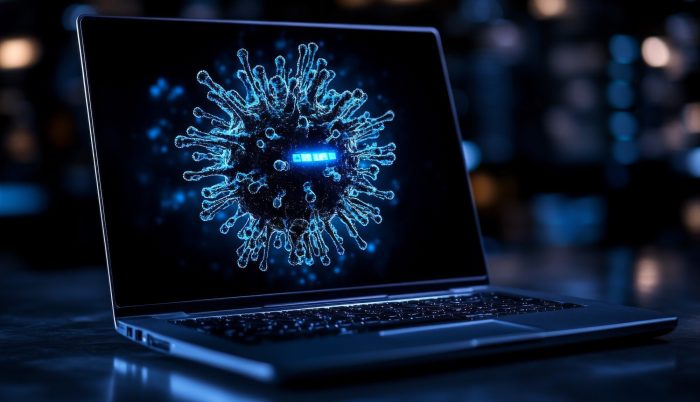Malware poses a significant threat to our personal information and security. From ransomware to keyloggers, malicious software programs can infiltrate our devices and compromise our most sensitive data, including contact lists. In this post, we’ll explore how malware works, the risks it presents, and the potential consequences of a breach.

What is Malware?
Malware, short for malicious software, is any software designed to harm, exploit, or compromise the functionality of a computer or network. One of the primary goals of many malware types is to steal sensitive information. Here’s how it works:
Malware often enters a device through infected downloads, email attachments, or compromised websites. Users may inadvertently install it by clicking on malicious links or accepting untrustworthy downloads.
Once installed, the malware can access various parts of the system. Spyware, for instance, can monitor keystrokes and capture personal information, while other types may directly search for files containing sensitive data.
Many malware types can scan for contact lists stored on devices, and extract names, phone numbers, and email addresses. This information can then be used for spam, phishing attacks, or sold on the dark web.
Types of Malware
- Viruses: These attach themselves to clean files and spread throughout a system, often causing damage.
- Worms: Similar to viruses, worms can self-replicate and spread without user intervention.
- Trojan Horses: Disguised as legitimate software, they trick users into installing them.
- Ransomware: This type locks users out of their files and demands payment for access.
- Spyware: This secretly monitors user activity and collects information.

The ramifications of having your information stolen can be severe.
- Identity Theft: Stolen personal information can be used to impersonate individuals, leading to financial loss and damaged credit scores.
- Data Loss: Important files and documents may be corrupted or deleted, affecting both individuals and organizations.
- Spam and Phishing Attacks: If your contacts are compromised, they may receive spam or phishing emails that could trick them into revealing their own sensitive information.
- Financial Loss: Depending on the type of malware, you might face unexpected charges, account takeovers, or even ransom demands.
- Operational Disruption: Organizations may experience downtime, lost productivity, and increased IT costs while dealing with the aftermath of an attack.
How to Protect Yourself
Given the potential consequences, it’s essential to take proactive measures to protect yourself:
- Install Antivirus Software: Use reputable antivirus and anti-malware programs to detect and remove threats.
- Keep Software Updated: Regularly update your operating system and applications to close security loopholes.
- Be Wary of Emails and Links: Always verify the source of emails, especially if they contain links or attachments. Look for signs of phishing.
- Be Cautious with Downloads: Only download software from trusted sources and be wary of unsolicited email attachments.
- Use Strong Passwords: Implement strong, unique passwords for different accounts and consider using a password manager.
- Use 2FA: In addition to a strong password, two factor authentication will help protect your accounts. Here’s how to set it up for your Runbox account.
- Backup Your Contacts: Regularly back up your contact list to a secure location, so you can restore it if necessary.
- Educate Yourself and Others: Understanding the risks and staying informed about the latest threats can help you avoid falling victim to malware.
By understanding how malware operates and taking proactive steps, you can protect your device and your personal information from malicious attacks.
Read more:
